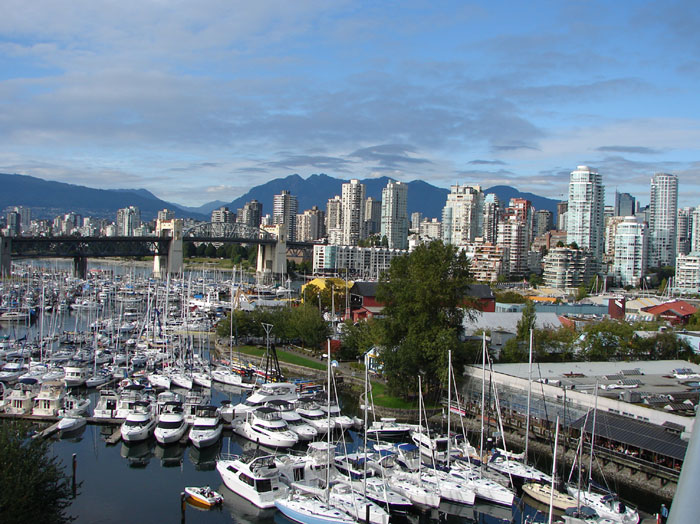Kirstie (Jon’s girlfriend) just asked me what place has been my favorite so far on this round the world trip. It is a question frequently asked and it is impossible to answer. Each culture is very different and our experiences are not even in the same categories. This has made me think about the different cultures we have visited and the varying degrees of culture shock we have experienced.
Cultural DisorientationFlying from one country to another sounds so exotic. Life in a foreign culture can be exciting, but it can often lead to misunderstandings and this is something I have tried to keep before me as I listen to leaders from so many different countries and backgrounds. |
|
When travelling like this you can have periods of confusion and cultural disorientation and even find it hard to cope with the easiest tasks required for life. This is part of culture shock and not uncommon. Bob and I had decided before we started to just roll with it – whatever that would be.
The Shower
I turned the tap on and tilted it to the middle. The water was quite warm, so I moved it towards the blue dot. The water temperature increased. “Ah”, I thought, “it is not a ‘civilized’ here as I thought. They put the tap in backwards.” So I moved the handle back towards the red dot – but the water was hot there too. Strange? At breakfast I shared my experience with Warren and Debbie Reeve where I was staying. They smiled (laughed actually) and told me in Kuwait during the summer that water heaters are turned off because water tanks are stored outdoors in the 45 degree Celsius sunshine. So it is all hot – blue or red. While I was trying to impose my Canadian expectations on the shower faucet it simply functions differently here. It takes a different type of traveller to consciously set aside our predispositions to listen to the culture of others. We all know how it is when you visit a place as a tourist and it seems so ideal. You just want to stay there. Yet when you really listen to those who live there you find it is not as glamorous as you thought. No place is perfect. For Bob and I as we are travelling abroad, we have discovered that it’s when we experience and see things that you do not see when you are just a tourist that we have really ‘listened’ to the people and begin to understand the culture. The potential for culture shock or misunderstanding is present every time you change cultures. For us that has been almost every week for the last month and half. Although we have both traveled widely we can still experience culture shock. Having a sense of cultural disorientation is normal, but there are a few things that I have been processing that I think may be very applicable when I return home to Vancouver to a very international church. Travel TipsIn communicating with people from different cultures in your city here are a few things we have learned that help:
So while this all seems easily applied while I am the minority in another country and culture, I am pondering how I might live differently at home. |
|
One thought on “Hot and Cold In Different Cultures”
Comments are closed.


You haven’t got a favourite place yet, because you aren’t in Chiang Mai yet . . . .just wait 😉